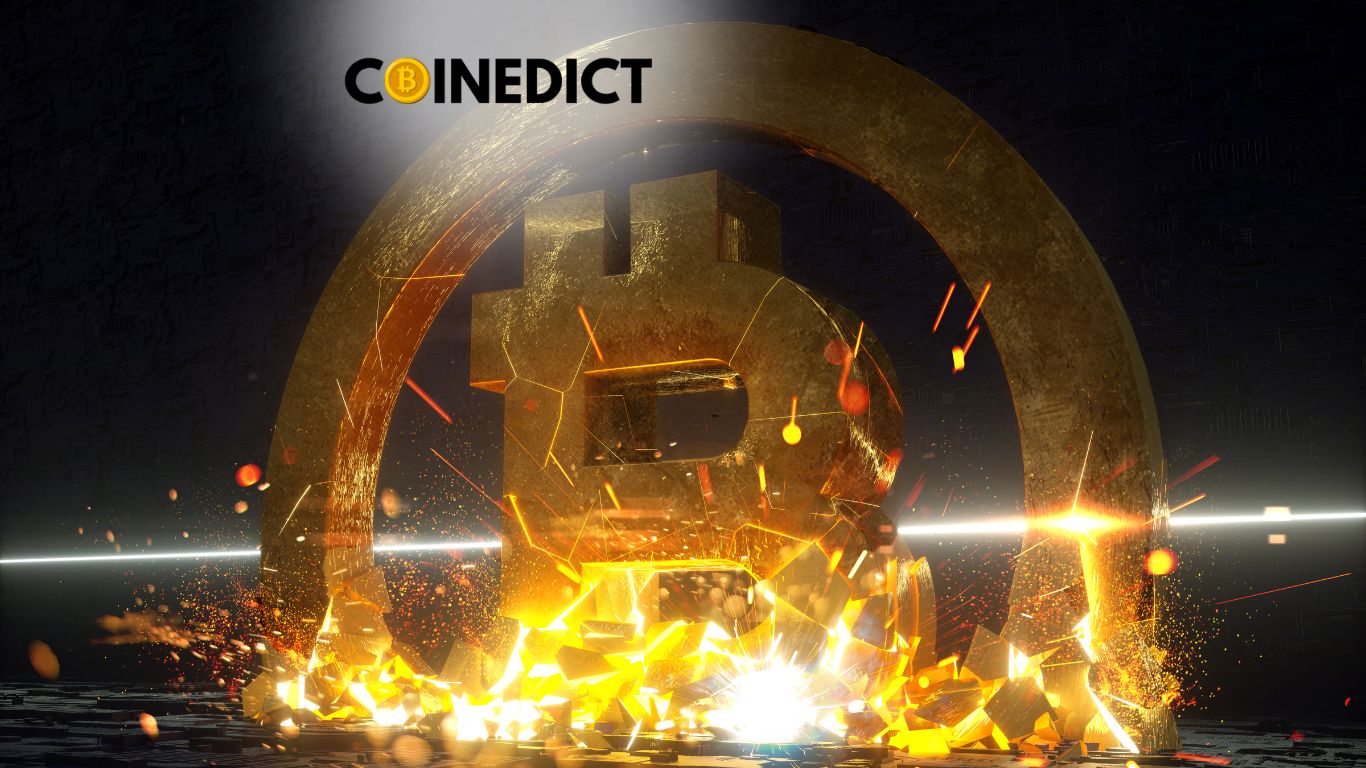Bitcoin, the first decentralized cryptocurrency, was invented in 2008 by an anonymous person or group known as Satoshi Nakamoto. Since then, Bitcoin has gained popularity and attention, leading to the development of other cryptocurrencies and the emergence of blockchain technology. In this article, we will provide an overview of blockchain technology and mining, the two key components that make Bitcoin possible.
Blockchain Technology
Blockchain is a decentralized, distributed ledger technology that is used to record transactions in a secure and transparent way. A blockchain is a series of blocks that are linked together using cryptography. Each block contains a record of transactions, a timestamp, and a cryptographic hash of the previous block. This creates a chain of blocks that cannot be altered without the consensus of the network.
One of the key features of blockchain technology is its decentralized nature. Unlike traditional financial systems that rely on intermediaries, such as banks, to process transactions, blockchain transactions are validated by a network of computers, known as nodes, that are connected to the blockchain. This means that transactions can be processed without the need for intermediaries, reducing the costs and time associated with traditional financial transactions.
Another feature of blockchain technology is its transparency. Because all transactions on the blockchain are public and can be viewed by anyone, the blockchain provides a high degree of transparency and accountability. This makes it difficult for fraud and corruption to occur on the blockchain.
Mining
Mining is the process by which new bitcoins are created and transactions are validated on the blockchain. Mining involves solving complex mathematical problems using specialized hardware, such as ASICs (Application-Specific Integrated Circuits), in order to add new blocks to the blockchain. Miners are rewarded with new bitcoins for their work, as well as with transaction fees paid by users who want their transactions to be processed quickly.
Mining is a competitive process, with miners competing against each other to solve the mathematical problem and add the next block to the blockchain. This competition is known as proof-of-work, and it is designed to ensure that the blockchain remains secure and that transactions are processed in a timely manner.
Consensus Mechanisms
Consensus mechanisms are used in blockchain technology to ensure that all nodes in the network agree on the state of the blockchain. In addition to proof-of-work, which is used in Bitcoin, there are other consensus mechanisms such as proof-of-stake and delegated proof-of-stake. These mechanisms work by incentivizing users to validate transactions and maintain the security of the network.
Public vs. Private Blockchains
Public blockchains, such as Bitcoin and Ethereum, are open to anyone with an internet connection and are decentralized. Private blockchains, on the other hand, are controlled by a single organization and are used for internal purposes. While public blockchains are more transparent and secure, private blockchains offer greater control and privacy.
Smart Contracts
Smart contracts are self-executing contracts with the terms of the agreement between buyer and seller being directly written into code. Smart contracts are stored on the blockchain and are executed automatically when certain conditions are met. Smart contracts can be used for a wide range of purposes, from financial transactions to supply chain management.
Forks
A fork occurs when a blockchain splits into two separate chains, each with its own set of rules and protocols. Forks can occur for a variety of reasons, such as changes to the blockchain’s code or disagreements within the community. There are two types of forks: hard forks, which are permanent, and soft forks, which are temporary.
Scalability
One of the biggest challenges facing blockchain technology is scalability. As more transactions are added to the blockchain, the network can become slow and congested. There are several proposed solutions to this problem, such as increasing the block size or implementing off-chain solutions like the Lightning Network.
Privacy
While blockchain technology provides a high degree of transparency and security, it can also be a double-edged sword when it comes to privacy. Because all transactions on the blockchain are public, anyone can view them. This has led to the development of privacy-focused cryptocurrencies, such as Monero and Zcash, which use advanced encryption techniques to hide transaction information.
Interoperability
Interoperability refers to the ability of different blockchain networks to communicate and interact with each other. Currently, most blockchain networks operate in isolation, but there is a growing movement towards interoperability. This would allow for the creation of decentralized applications that can interact with multiple blockchain networks, increasing the utility and flexibility of blockchain technology.
Energy Consumption
The process of mining Bitcoin and other cryptocurrencies requires a significant amount of energy. Some estimates suggest that the energy consumption of the Bitcoin network is equivalent to that of a small country. This has led to concerns about the environmental impact of blockchain technology and the need for more sustainable solutions.
Governance
Blockchain technology allows for decentralized governance, where decisions are made by a community of stakeholders rather than a single centralized entity. This is achieved through the use of decentralized autonomous organizations (DAOs), which are governed by smart contracts on the blockchain. DAOs can be used for a wide range of purposes, from funding open source projects to creating decentralized social networks.
Security
One of the key features of blockchain technology is its security. Because each block in the blockchain contains a cryptographic hash of the previous block, the blockchain is resistant to tampering and fraud. However, there are still security risks associated with blockchain technology, such as the risk of 51% attacks, where a single entity controls the majority of the computing power on the network.
Regulation
Blockchain technology exists in a regulatory gray area, with many countries struggling to determine how to regulate cryptocurrencies and blockchain-based businesses. Some countries have taken a more permissive approach, while others have imposed strict regulations on cryptocurrency trading and blockchain-based businesses. As the technology continues to evolve, it is likely that we will see more regulations and guidelines for the blockchain ecosystem.
Adoption
While blockchain technology has gained significant attention and investment in recent years, it still faces challenges when it comes to adoption. Many people are still unfamiliar with the technology and its potential use cases, and there are still technical barriers to entry for developers and businesses looking to build on the blockchain. However, as more people become familiar with the technology and as more user-friendly tools and platforms are developed, we can expect to see greater adoption of blockchain technology.
Conclusion
Blockchain technology and mining are the key components that make Bitcoin and other cryptocurrencies possible. Blockchain technology provides a secure and transparent way to record transactions, while mining ensures that transactions are validated and new bitcoins are created. As the blockchain ecosystem continues to evolve, we can expect to see more innovative uses of blockchain technology and new solutions to the challenges it faces.
Conclusion
Blockchain technology and mining are the two key components that make Bitcoin and other cryptocurrencies possible. Blockchain technology provides a secure and transparent way to record transactions, while mining ensures that transactions are validated and new bitcoins are created. As cryptocurrencies continue to gain popularity and acceptance, it is likely that blockchain technology and mining will play an increasingly important role in the financial systems of the future.











